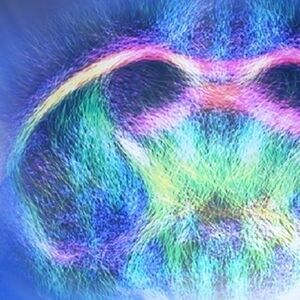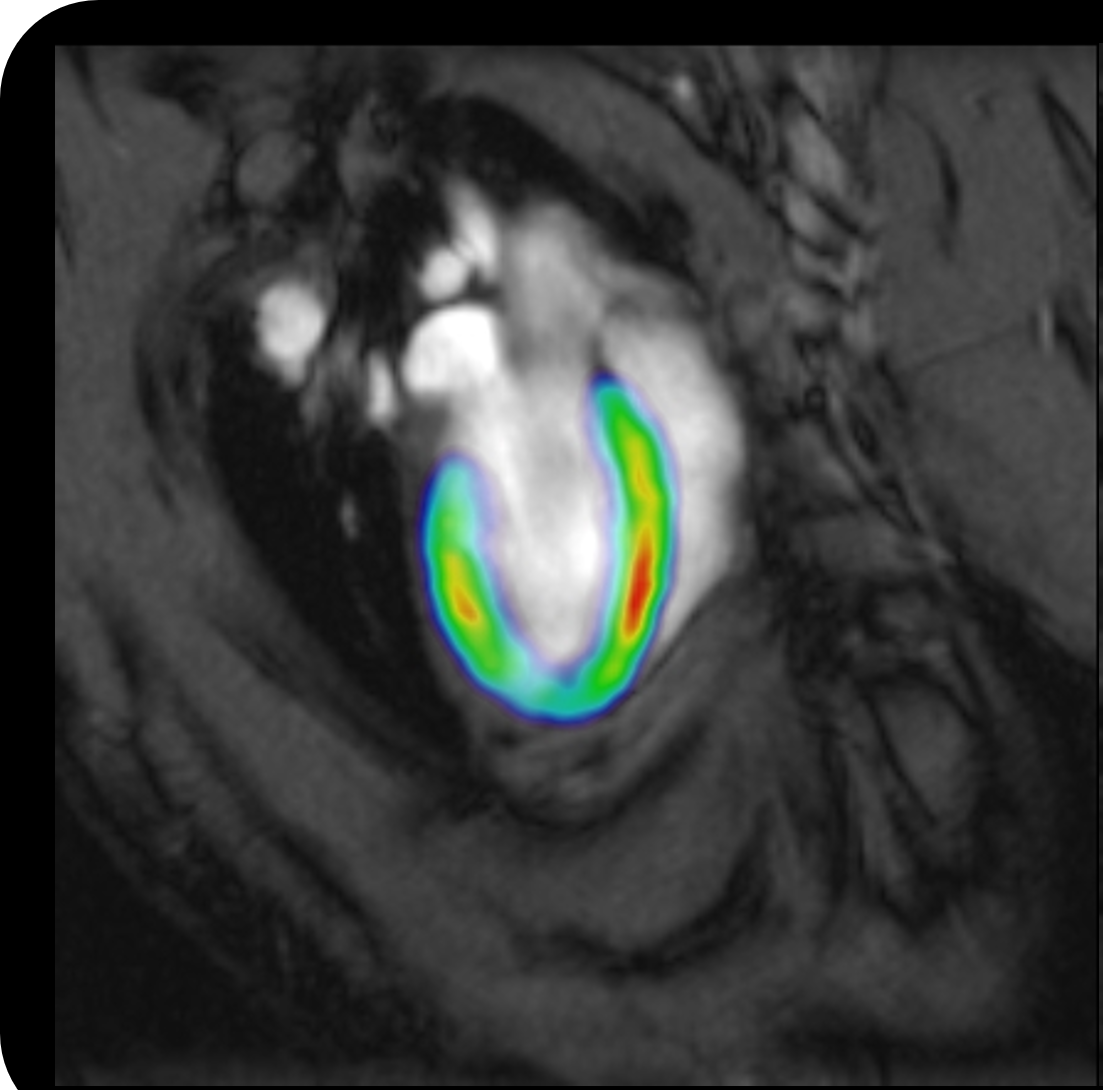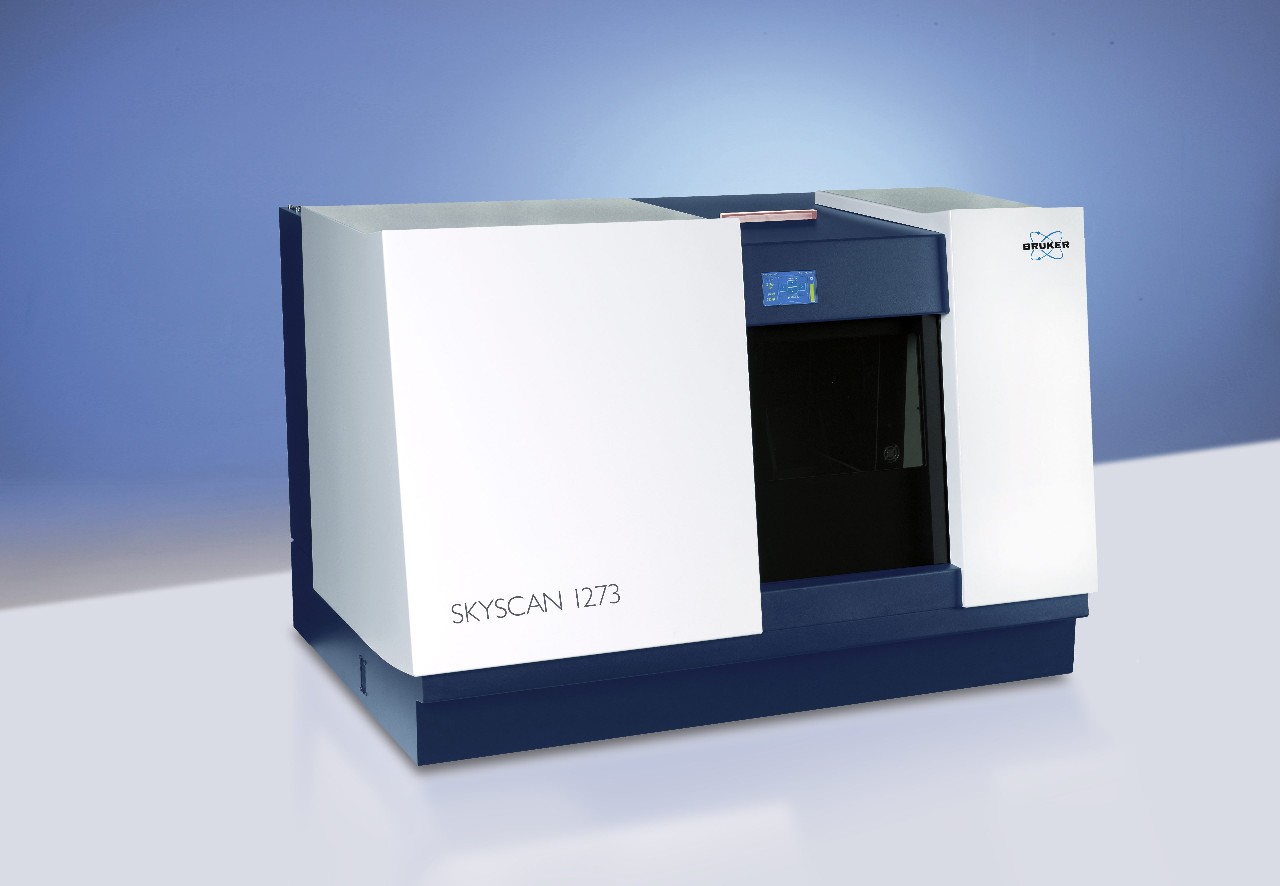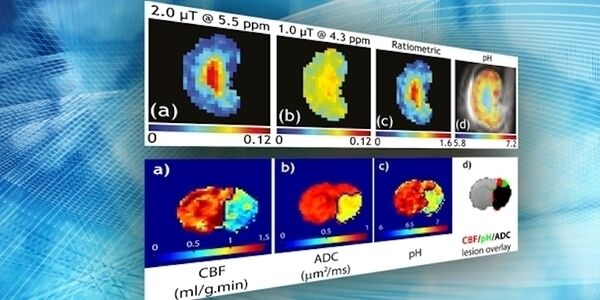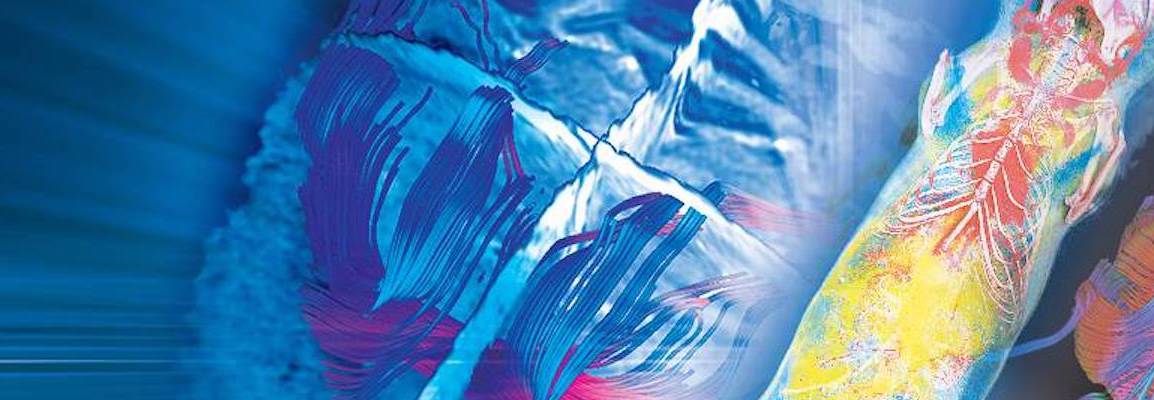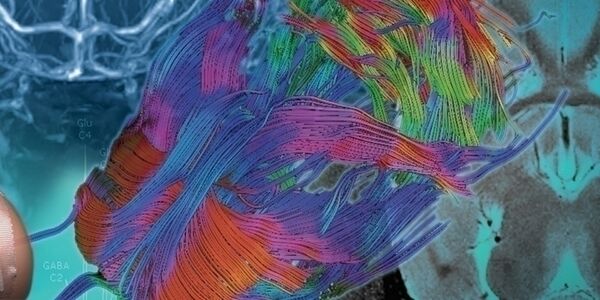The development and application of CEST
Phil, over the years, you have been responsible for organization of chemical exchange saturation transfer imaging (CEST) international conference.Why CEST imaging to put you so?
Thank you, yes, we are very honored to in August the 9th international CEST seminar in emory.CEST for pH, protein and metabolite measurement group provides sensitive contrast.It has cardiovascular research in neuroscience, oncology, and found in a wide range of applications.At the same time, the chemist, a physicist, experimenters and translational scientists of the joint efforts of our understanding of CEST MRI contrast mechanism steadily deepened.This is an exciting interdisciplinary field, is developing very quickly.
You suggest the researchers to fully understand the CEST where many applications?
Recently, the biological medical nuclear magnetic resonance (NMR) published a special issue of CEST MRI, further introduces the principle and application of CEST.Multiple site also share some of the great CEST processing routines, such as,https://github.com/cest-sources/CEST_EVALandhttps://godzilla.kennedykrieger.org/CEST/.I also saw, brooke PCI share many of the sequence and processing routines (https://pci-community.com/).In addition, most of the CEST team (including my team) are welcome cooperation, we have intention to encourage direct contact (CEST team personnelhttps://www.cestworkshop.org/cesters).
CEST reagent is how to improve the practicability of CEST imaging?
CEST contrast agents is a vibrant research areas.When combined with endogenous CEST imaging, it often can offer high specificity.Newly developed many reagents can be respectively used to lactic acid, enzyme, pH, temperature, and imaging gene expression.Some for CT reagent as approved by the FDA and the corresponding novel USES, for example, map pH.
You mentioned using CEST pH quantitative, so, pH can be used to quantitative diagnosis?
Yes, you are right.Due to proton exchange is dependent on the pH value, therefore, CEST MRI, especially suitable for pH imaging.For example, the researchers to explore the MRI for drawing the pH metabolism of ischemic stroke penumbra area.In addition, there is a hot research field, it is the lack of oxygen as a new marker of malignant and plasticity, which usually requires the use of endogenous and exogenous pH imaging method.
What are you CEST imaging is expected in the next few years?
With increasing accuracy, specificity and sensitivity, CEST magnetic resonance imaging (MRI) is a promising method of molecular imaging in vivo.Precise CEST imaging has early dawn, I'm very optimistic about its future.
I also see that brooke's website (PCIPCIC preclinical imaging learning community) share many of the sequence and processing routines.
Precise CEST imaging has early dawn, I'm very optimistic about its future.
Professor Phillip Zhe Sun
Phillip Zhe Sun is emory professor of radiology and imaging sciences at the university.He is also responsible for leading emory national primate research center of primates image center.Through his research, developed a new MRI techniques (including CEST MRI), used to study brain metabolism, structure and function.In advancing the quantitative CEST (qCEST) MRI research (including the latest quasi steady state (QUASS) CEST in vivo magnetic resonance imaging (MRI), in order to realize precise in vivo CEST imaging), his lab has played a key role.
For more information
Find more preclinical imaging application articles:
